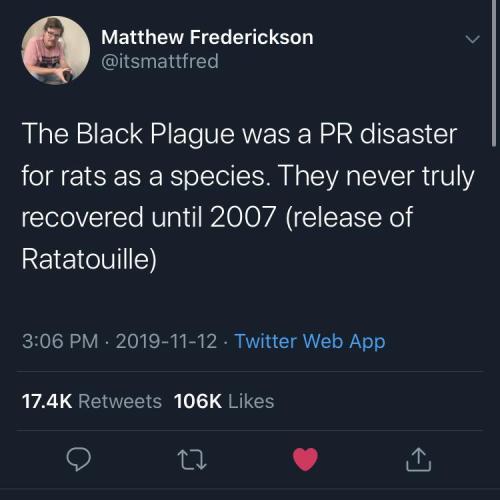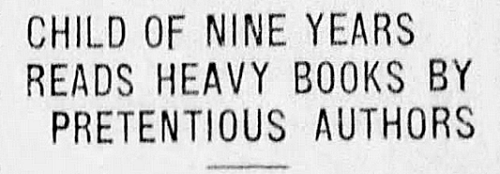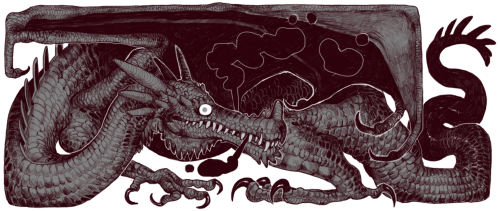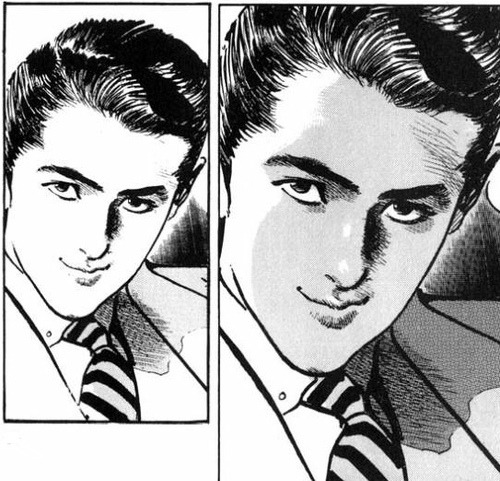i am a menaceMy name is Baby🦇they/them/theirs dey/deren/dessen it/its🦇🦇This is my blog about all my favourite things: Bob's Burgers, The Simpsons, Halloween, Literature, Witchcraft, History 🦇🦇 A-gender 🦇🦇A-sexual 🦇🦇A-romantic🦇🦇 A-utistic 🦇🦇A-DHD🦇🦇I like peppermint ice cream, sour gummybears, salt'n'vinegar chips, pickles, ranch dressing and peanut butter m&ms 🦇🧛♀️🦇🦉🕸️🎃🧟♀️👻🌕
197 posts
Latest Posts by littlebat-666 - Page 6
So.... Yeah


Seeing a lot of trains discourse going around so I wanted to remind you all of this
The moral of Matilda is that if you’re autistic enough you can destroy your enemies with your mind
German Christmas Gothic -make it TV






Day 2: It’s the Great Pumpkin, Charlie Brown
“There are three things I’ve learned never to discuss with people: religion, politics, and the Great Pumpkin.” Today’s the 70th anniversary of the first Peanuts strip, so this seemed right.





Halloween Art Prints by Celia Krampien
x / x / x / x / x









Well, I’ve read through that handbook for the recently deceased. It says: ’live people ignore the strange and unusual“. I myself am strange and unusual.


Beetlejuice (1988)







Lydia Deetz 🖤

Albuquerque Journal, New Mexico, December 27, 1929







Lydia Deetz 🖤

"we don't have girl talk, we have creature talk," my roommate Julia just said while rolling on the floor, "put that on your fucking tumblr, they'll love that shit"
we need to stop doing litterary analysis....... like maybe kafka just litteraly turned into an insect who are we to tell him that he didnt





We stan
The Beer Witch Post
(or how the stereotypical Wicked Witch is based in part on female brewsters*)
Some background:
Women have been brewing beer for nearly 10 thousand years!
That’s right! Beer is traditionally a woman’s drink, in that it was invented, produced, and drunk by women (and children) for all of recorded history. (src)
Beer only recently became associated with men (around the time it was commercialized of course!) How did this happen?
Like many things, it involved the Church and a Witch Hunt.

(Note: this post is about a western stereotype; the action takes place in Europe.) Around the 11th cent., the Church realized that brewing alcohol was a great way for monasteries to generate revenue. At the time, brewing was the domain of Germanic tribal woman, and was important bc:
there was a huge demand for ale, due to its cheapness and the lack of potable water in most households
it allowed women to generate their own income at home.
That first part smelled like profit to the Church. That second part meant female independence, which they didn’t like at all. The solution was to get women out of brewing, and monasteries in. What better way than a witch hunt?
Of course, to have a good witch hunt, first you have to invent a witch.
Inventing the Wicked Witch
As female brewsters were pushed out of their fields (being denied licenses and guild membership), the Church set up shop. Monasteries & nunneries were sort of the perfect place to manufacture, what with their land & resources & free labor. Women were still the main brewers in many communities, but this would change over the centuries as the Church waged a War of Defamation against alewives & brewesses.
The association between woman and sin has always been an easy argument to make, biblically. As women, alewives were ridiculously easy to defame. The rhetoric went something along the lines of:
women created sin
women are sinful
women use beer to spread their sinful ways & take money from men
Alewives, who ran alehouses, were cast as treacherous, deceitful women who cheated men by luring them into playgrounds for the devil, ruled by the sins of gluttony and lust.
Alewives in hell became a popular Church-spread trope:
“The Church specifically taught that alewives would be the only people left in hell after Christ freed all the damned.“ (src)
Thus, female brewers became easy target to associate with the devil, and with witchcraft.
Whether or not brewsters were outright accused of consorting with the devil, the implication was there. And later, so was the imagery.
The Church’s centuries-long smear campaign worked too, helped by the fact that as brewing became more lucrative, more men entered the field, and were happy to help push women out. By the 17th century, the (European) brewing industry was male dominated, for the first time in human history.
Witchcraft & Brewing: Symbology
The lifestyles, clothing, and tools of real women brewers were taken and used as iconography for witchcraft.
Many of the props associated with the stereotypical Wicked Witch were just common objects alewives used to denote the brewing trade.
CALUDRONS & CATS: The image of a woman standing over a boiling cauldron once had a very different connotation: ale brewing. Cats, of course, were kept around to protect the grain supply.
BROOMSTICKS: these symbols of domestic trade were used as advertisements. A broom or ALESTAKE hung outside a home or alehouse was an easy-to-recognize sign that ale was available to buy. (Keep in mind that before literacy was common, most signs would be symbolic, not written.)

THOSE BIG, DISTINCTIVE HATS: This was a marketing thing too! Wearing a large hat to stand out in the market crowd was a symbol of a brewster with wares to sell. (src)

An Alewife, in her innocent witchy attire. Simple advertising like these allowed women to sell brews that they were already often making for their families at home.
The more you know! A shoutout to all those ladies brewing throughout history, from priestesses to alewives to homemakers alike. For thousands of years, generation after generation of families were fed & watered & kept healthy by women brewing at home. Thank you ladies, for your service.

if you enjoy my posts, i have a ko-fi! (this post took about 2 hours to research/write. links below)
Weiterlesen

Livin’ the dream, that one.


an indecision, but a large one
being in your 20s is like. every day i am playing with forces i can barely understand
One of my favorite visual gags is drawing a passive/bubbly character with cartoon-y style eyes, but changing their eyes to be realistic whenever something annoys them:

When you figure out a plot twist before it happens

how can you eat the fried hearts of something that once was alive and had a beating heart? do you feel any guilt? i hope you do.
please google what an artichoke is
I glow green in the night in my room (radiation poisoning)













